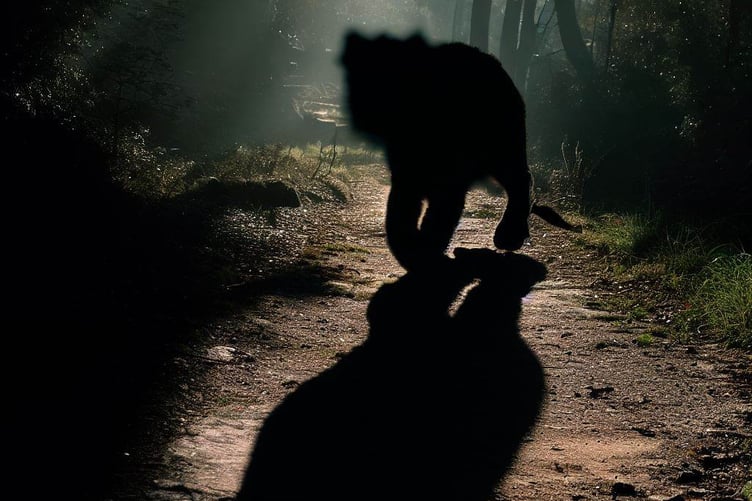BBC presenter Clare Balding has reported an "enormous" predator sighting while recording her BBC Radio 4 programme "Ramblings" near Ross-on-Wye. This revelation adds to the growing list of big cat sightings across Britain, a phenomenon that has intrigued the nation for decades.
Gazette reader Bob Griffiths has also reported seeing a large cat, he said: "I can assure you of the existence of large cats in the county having had a close encounter with a black panther sized cat on two successive nights on a private estate near Leominster about ten years ago."
The "Beast of Bodmin" first made headlines in 1978, leading to numerous reports of similar sightings across the country. The British Big Cats Society now receives between 300 and 500 sightings annually. Rick Minter, an environmental consultant and authority on British big cats, states, "About 75 per cent of big cat sightings are of melanistic leopards [black panthers], 20 per cent are of pumas and probably five per cent are of lynx."
A recent photograph, touted as the "best photo ever" of a black panther in the British countryside, has caused quite a stir. Discovered in the archives of a zoology centre, the image is featured in the new Amazon Prime documentary, "Panthera Britannia Declassified". Carl Marshall, who found the photo, believes it to be "a large cat of the Panthera genus", describing it as probably the best photo of a British big cat in existence.
Rhoda Watkins, a tracker and naturalist, believes that the fascination with these creatures is rooted in our evolutionary history. "We evolved in response to having large predators," she says. "In places where that threat isn’t so real, I think we need to feed that gap."
Rick Minter, who describes himself as a "knower, not a believer", had a personal encounter with what he believed to be a black panther 20 years ago in Cumbria. Despite initial scepticism from his family, Minter has since dedicated his life to understanding and documenting these elusive creatures.
The origin of these big cats in Britain remains a topic of debate. Some experts suggest that the Dangerous Wild Animals Act of 1976, which required permits for exotic pets, led to many being released into the wild. Other "release events" may have occurred during wartime shortages and the clampdown on poorly maintained wildlife parks in 1981.
While clear evidence remains elusive, Rick is optimistic about the future. "As cameras improve and more people use things like dashcams regularly, I think we’ll see more," he says. For now, the mystery of Britain's big cats continues to captivate and confound.





Comments
This article has no comments yet. Be the first to leave a comment.